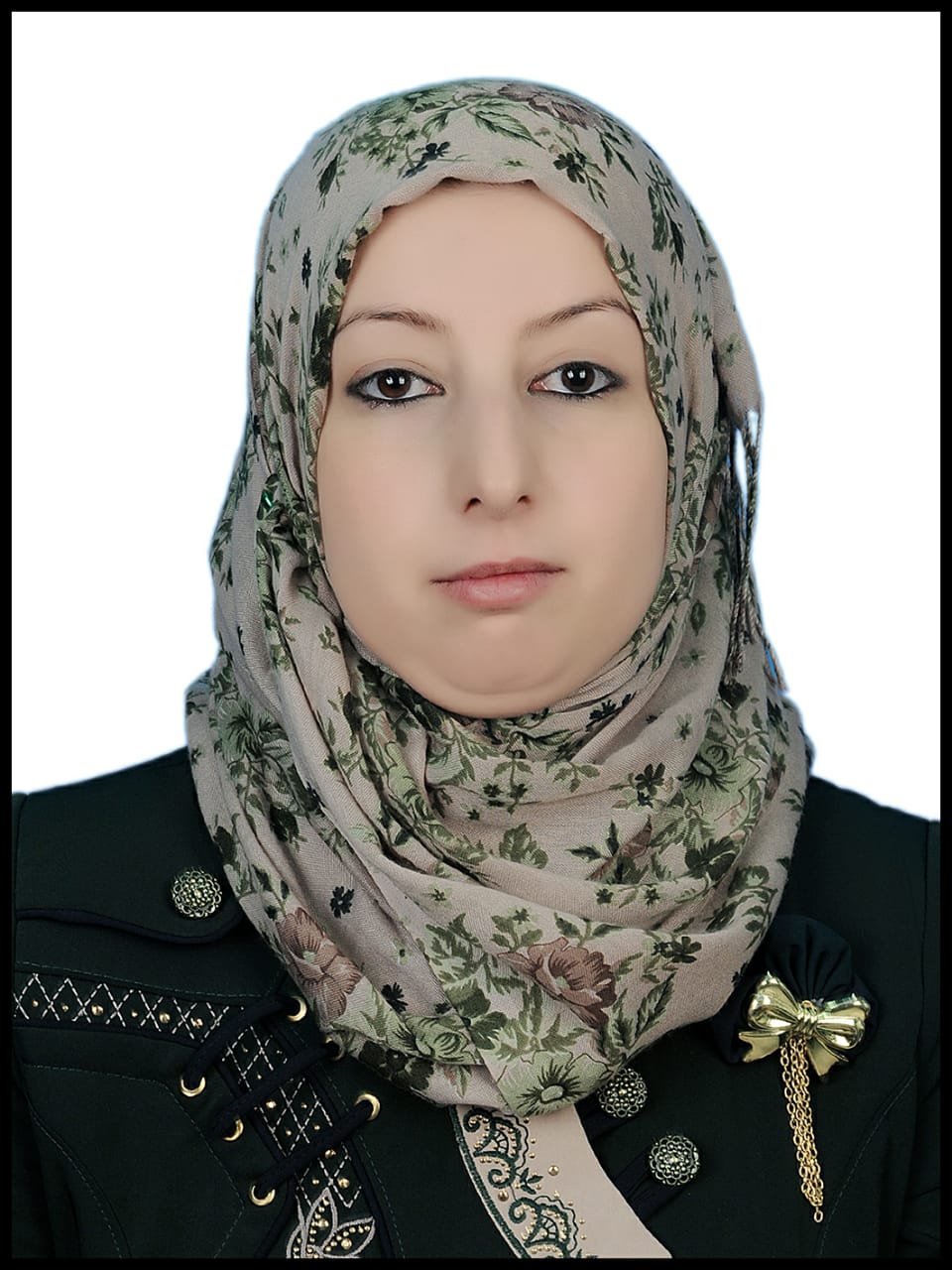
Noor Kahtan Younis
Research Interests
| Gender | FEMALE |
|---|---|
| Place of Work | Technical Engineering College for Computer and AI / Mosul |
| Position | Responsible Quality Assurance and Peformance Division |
| Qualification | Master |
| Speciality | Computer Technology Engineering |
| noorky@ntu.edu.iq | |
| Phone | 07705264420 |
| Address | Iraq, Ninava, Mosul, Iraq |
Publications
Designing an Intelligent Real-Time Public Transportation Monitoring System Based on IoT
Sep 29, 2021Journal Open Access Library Journal
Issue 2333-9721
Volume 8
In recent years, smart public transportation has become one of the most important things for developing cities and improving people’s quality of life. Public transportation users face many problems, the most important of which is the long wait at the bus station. The proposed system in this paper helps users of public transportation to find public transportation, arrival times, and other information from any place and at any time using a mobile application. The main objective of the prototype is to reduce the wait time at the bus station by knowing the nearest buses to a user, the real-time location of buses on the Google map to help passengers track buses in real-time, the arrival time of buses, and speed. The system was implemented based on Internet of Things (IoT) technology, by using the Global Positioning System (GPS), a microcontroller with a built-in Wi-Fi module (ESP32), and a mobile user interface by the Blynk IoT platform. The proposed system has been implemented and tested in real-time, where all data obtained is displayed by the GPS sensors for bus locations (longitude and latitude) and speed on the smartphone application. The distance between the bus location and the passenger that will appear in the mobile app was calculated by using the Haversine formula. It measured the accuracy of the distance obtained based on a study of several days at different times on multiple roads in Mosul city and compared it with the actual distance. The average difference between the calculated values computed by the Haversine equation compared to the data obtained from the actual distance is (177 meters) with a minimum error of 8 meters. The arrival time of each bus was calculated based on the distance and average speed of the bus registered along the road.
Developing a New Algorithm to Detect Right Thumb Fingernail in Healthy Human
Mar 8, 2023Journal nternational Journal on Recent and Innovation Trends in Computing and Communication
DOI https://doi.org/10.17762/ijritcc.v11i4.6380
Issue 4
Volume 11
Due to significant challenges faced by traditional methods of personal identification like fingerprinting, eye scanning, and voice recognition, new techniques are needed. One such approach involves the use of human nail images for identification and access to personal identification programs and electronic patient files. A novel algorithm, which consists of three stages, has been proposed utilizing the HSV color space detection algorithm, grayscale contrast optimization algorithm, nail segmentation, and image smoothing with a Gaussian filter. This method reduces tested image data and preserves the primary image structure, and has the potential to surpass the accuracy of traditional methods, providing an additional layer of security in personal identification programs and electronic patient files. Nail image detection can be conducted remotely and accessed through standard cameras or smartphones, making it a more hygienic and convenient option than physical contact methods such as fingerprinting or eye scanning. Moreover, the use of nail images for personal identification has several other benefits, especially in situations where traditional methods are not feasible, such as in individuals with skin conditions that prevent fingerprinting. The success of the proposed algorithm in detecting nail images for personal identification has implications beyond individual security and can be applied in different fields, including healthcare and forensic science, to improve identification accuracy and prevent fraud. For example, the use of nail images could help prevent identity theft in healthcare settings, where sensitive information is stored and exchanged.
Analysis Equalization Images Contrast Enhancement and Performance Measurement
Apr 29, 2024Journal Open Access Library Journal
Issue 4
Volume 11
These days, image processing is crucial, particularly when it comes to enhancing brightness, contrast, and image quality. The goal of this research is to develop three distinct methods for manipulating images and evaluating them using histogram, entropy, and PSNR—two image-specific metrics. Frame Fusion produces excellent results in image contrast, brightness, and enhancement through the standards of PSNR, histogram, and entropy. In comparison to its competitors, the technology performed better in terms of high pixel uniformity in images, consistency efficiency, processing and execution speed, and contrast quality. The aforementioned findings lead us to the conclusion that exposure frame fusion technology is highly effective at figuring out how to improve the contrast and brightness of computer images. Three image processing techniques were used: exposure frame fusion, dynamic histogram equalization, and histogram equalization. A comparison of the techniques using quantitative and physical criteria revealed that histogram equalization outperformed dynamic contrast techniques in several areas, including image uniformity, contrast quality, efficiency, execution speed, and accuracy of results. It is advised to use exposure frame fusion in addition to histogram equalization since it is the brightest, clearest, and most like the original images.






